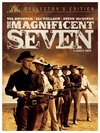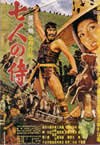 In 1883 with its first class, the College of Dentistry began a tradition of mounting individual portraits of graduates on photo boards. Over time these boards made their home in the basement of the College’s modern building where they were silently deteriorating until last year.
In 1883 with its first class, the College of Dentistry began a tradition of mounting individual portraits of graduates on photo boards. Over time these boards made their home in the basement of the College’s modern building where they were silently deteriorating until last year.
College of Dentistry librarian Chris White re-discovered the photos and contacted the UI Libraries head of preservation, Nancy E. Kraft, who assigned the photograph collection as a class preservation planning project to students Mary Francis, Stephanie Kruckeberg and Jill McCleary. With proposal in hand, Kraft enlisted the expertise of her staff and the Digital Library Services. After several consultations, it became clear that saving these photos was an important project for both the College of Dentistry and the UI Libraries.
Today, the Dentistry College Class Photos Collection is part of a project to preserve and make accessible a piece of the University’s heritage.
“This collection is a visual representation of the rich history of the College of Dentistry, and shows a diversity of students extending to the early part of last century,” says David Johnsen, Dean of the College of Dentistry. “The College faculty, staff, students and alumni are excited that these photographs will be available so that anyone online can view and appreciate this valuable collection.”
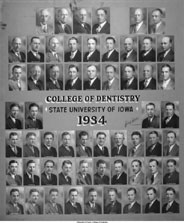 With literally thousands of photographs dating from the 1880s to 1960s, the process of making these photos accessible online to the public is a long-term commitment. After the boards were digitally photographed by the UI Creative Media Group, UI Libraries assistant conservator Kristin Baum and a team of technicians began work to restore the photos themselves. At the same time Digital Initiatives Librarian Mark L. Anderson was building the digital collection. In addition to the entire class photo boards, individual student and faculty photographs are viewable and fully searchable based on class lists, which adds to the ease of navigation and retrieval.
With literally thousands of photographs dating from the 1880s to 1960s, the process of making these photos accessible online to the public is a long-term commitment. After the boards were digitally photographed by the UI Creative Media Group, UI Libraries assistant conservator Kristin Baum and a team of technicians began work to restore the photos themselves. At the same time Digital Initiatives Librarian Mark L. Anderson was building the digital collection. In addition to the entire class photo boards, individual student and faculty photographs are viewable and fully searchable based on class lists, which adds to the ease of navigation and retrieval.
“I’ve already had people tell me that they found family members who graduated from the College by using this digital collection,” says Anderson. “Many Iowans have connections to the College of Dentistry, and this resource makes it easier for them to find those graduates.”
The Dentistry College Class Photos Collection is the latest in a series of projects coordinated by Digital Library Services for inclusion in the UI Libraries’ Iowa Digital Library web site, as well as the statewide Iowa Heritage Digital Collections consortium.
To view more digital collections created from the UI Libraries’ archives, visit the Iowa Digital Library web site at http://digital.lib.uiowa.edu.
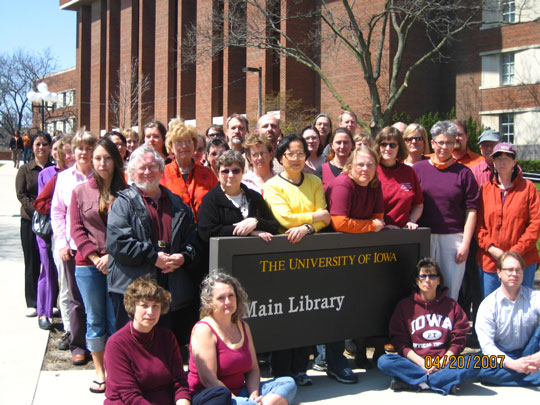
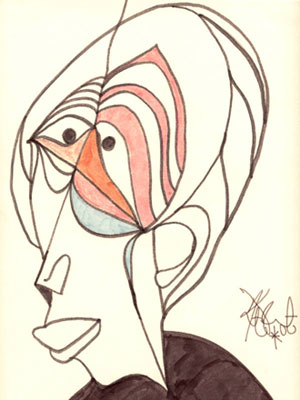
 University Archivist David McCartney has been elected to a two-year term as secretary of the
University Archivist David McCartney has been elected to a two-year term as secretary of the  UI Libraries Conservator Gary Frost, Larry Raid of the Working Linotype Museum and graduate library science student Bethany Templeton are hosting a historical printing exposition at the Mossman Printing Services Building today, Thursday, April 5, from 9:00 am until 4:00 pm.
UI Libraries Conservator Gary Frost, Larry Raid of the Working Linotype Museum and graduate library science student Bethany Templeton are hosting a historical printing exposition at the Mossman Printing Services Building today, Thursday, April 5, from 9:00 am until 4:00 pm.
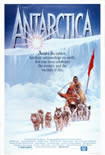 In the 1983 movie,
In the 1983 movie, 